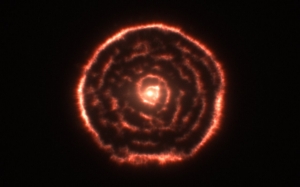Current ALMA products can be characterized as "science-ready calibration, informative imaging". This means that PIs and archive users may need to repeat the imaging process to obtain products that are optimised for their specific scientific analysis. The purpose of this new development study is to investigate the potential interest of generating "science-optimised" products. These Advanced Data Products may include:
- science-grade products for every ALMA observing project;
- high-level science products based on, e.g., the combination of different observations of the same object;
- derived products such as catalogues, spectra, SEDs, etc.


